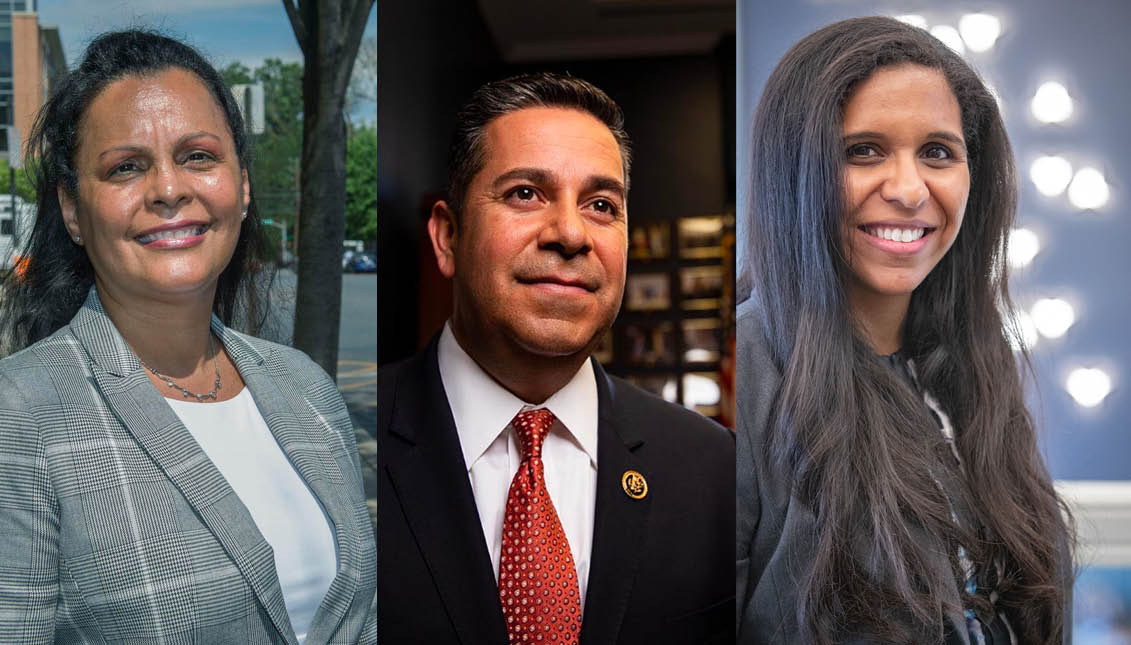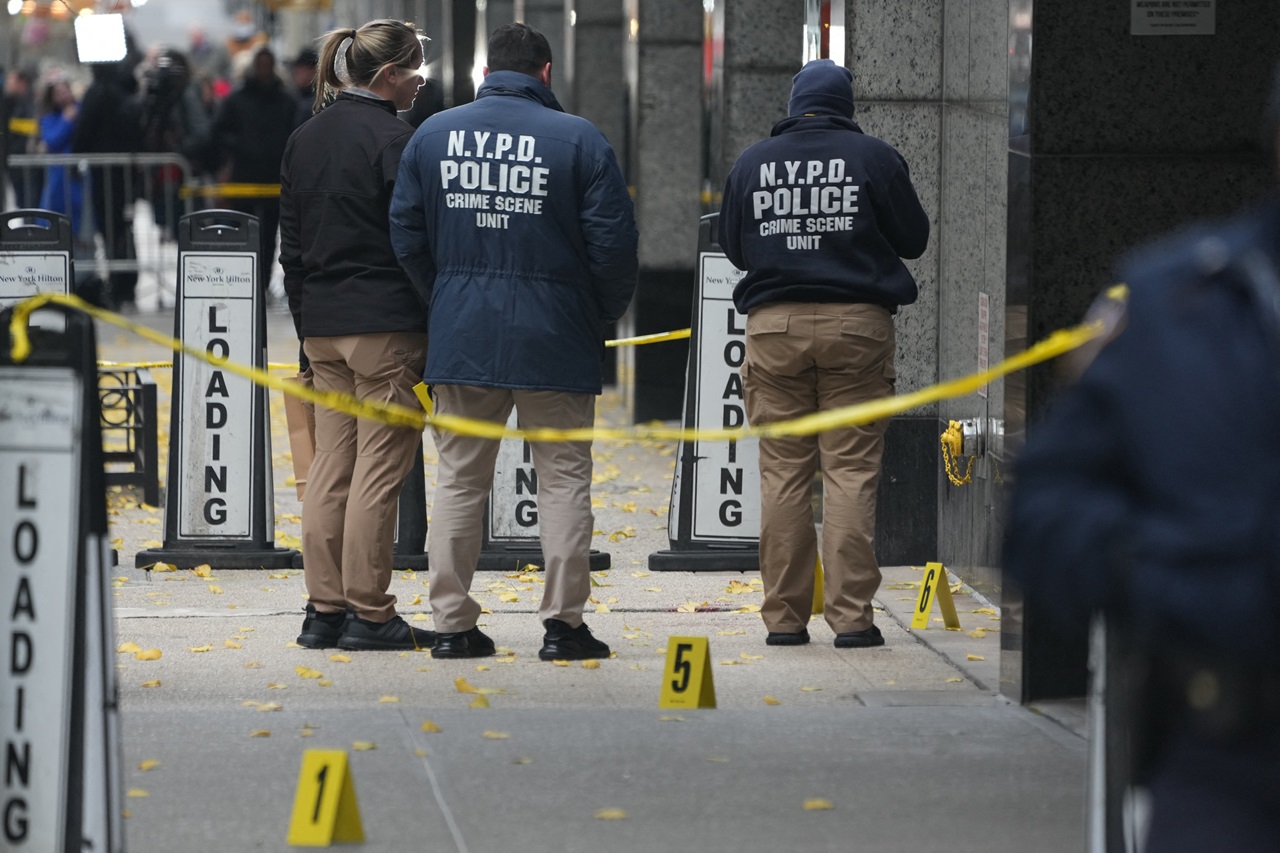
A Latino Wave? How the elections can reshape the U.S. Senate
On paper, Latinos have the chance to further boost their representation in Congress in 2020, but it’s all yet to be determined.
No matter what happens on Nov. 3, Latino candidates for office will continue growing as the total population of Latinos in the U.S. continues growing.
So here’s a sentence to get used to reading in the coming years:
Across the country in [insert year], Latino and Latina candidates are running historic campaigns for office both in Congress and at state and municipal levels.
When it’s all said and done in 2020, the potential number of Latino members of Congress could rise from 39 to 45, according to an analysis from the National Association of Latino Elected Officials (NALEO) ahead of Nov. 3.
Among those include, a host of Texas candidates like Candace Valenzuela, California’s Georgette Gomez, New York’s Ritchie Torres and Kansas’ Michelle De La Isla to name a few.
But all of those candidates are vying for spots in the House of Representatives. The Senate emits another air of exclusion when considering Latino representation.
Right now, Congress’ upper chamber only has four Latinos, including Senators Marco Rubio, Ted Cruz, Bob Menendez, and Catherine Cortez Masto.
RELATED CONTENT
The 4% representation is far from the total U.S. Latino population of 52 million, or 18.5% of the overall U.S. population. That percentage is also likely to go up in another year as 2020 Census data is realized.
The House would need to double its Latino representation to meet the country’s standards and should polls hold in New Mexico, Rep. Ben Ray Luján will add one more Latino to the Senate’s ranks in 2020.
At the state level, there are also potential history-makers like Janet Diaz in Pennsylvania. She’s already been the first Latina to ever sit on Lancaster’s City Council, and is now in a race to be the first Latina ever in Pennsylvania’s State Senate.
Her story mirrors that of Ricky Hurtado in North Carolina, running to be the state’s first Latino state representative. Elsewhere, Natali Hurtado in Texas is fighting to flip her state blue along with a host of other Latino candidates.
Nov. 3, 2020 is shaping up to be historic for Latino candidates, but these, like those before them, are only setting the stage for further progress in the coming years.











LEAVE A COMMENT:
Join the discussion! Leave a comment.